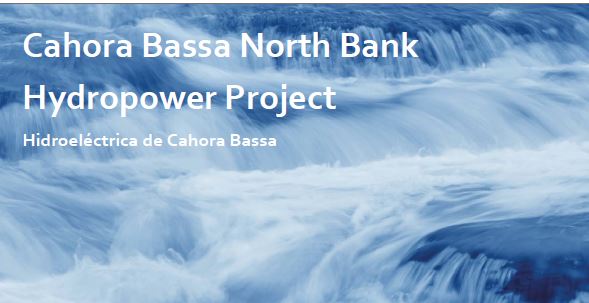Cahora Bassa North Bank Hydropower Project-Hidroeléctrica de Cahora Bassa
The Cahora Bassa Hydro-Electric Scheme was built between 1969 and 1974 on the main stem of the Zambezi River in Mozambique. The dam is a 171-meter-high roller compacted concrete dam with a crest length of 303 meters, which forms a 55.8 billion cubic meter reservoir with a surface area of 2,739 square kilometres at full supply level. The original construction included provision for two power stations, one on the south bank and a second on the north bank. The Cahora Bassa South Bank Power Station was built at the time of dam construction and is situated in a 220m long, 29m wide and 57- meter-high cavern on the south bank of the Zambezi River. The power station includes five 415 MW Francis turbines providing a total installed capacity of 2,075 MW. The Cahora Bassa North Bank Power Station would be an extension to the existing Cahora Bassa Hydro-Electric Scheme and developed in an underground cavern on the north bank of the Zambezi River. Preparation of the CBN project resumed between 2011 and 2013 with studies on the hydrological, geotechnical and geological conditions along with social and environmental impact assessments. Financial and economic analyses are yet to be carried out. The Cahora Bassa North Bank Power Station would use the dam, reservoir and other facilities of the existing installation, with three additional Francis turbines of 415 MW each, extending the total installed capacity by 1,245 MW from 2,075 MW to a total of 3,320 MW. A 140-meter-long bridge would be built downstream of the dam to provide access to the north bank during construction. Access during operation would be through a tunnel from the crest of the dam while transmission lines would pass over the dam wall and connect to the existing Songo substation.
